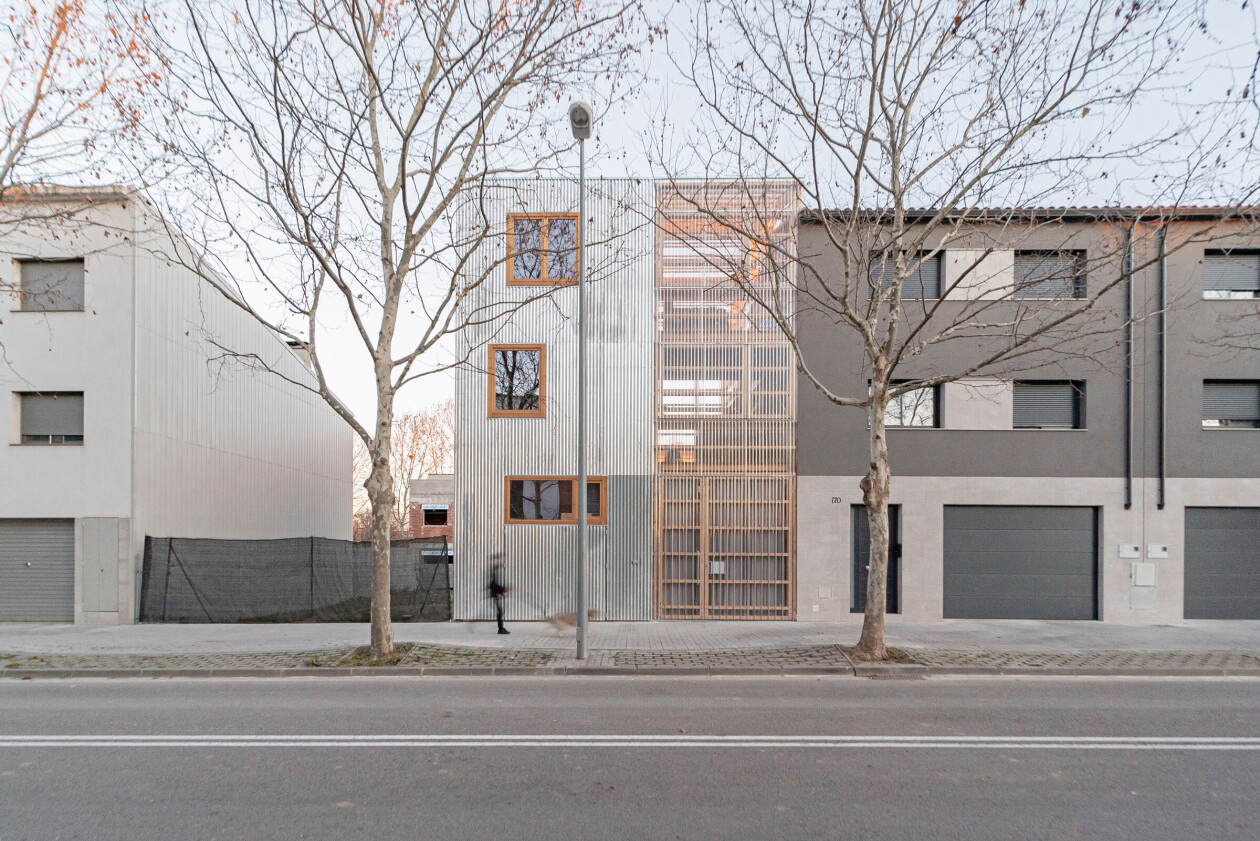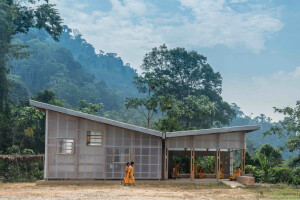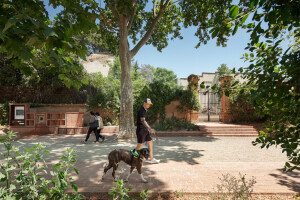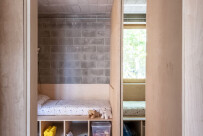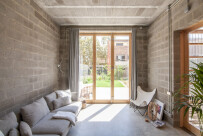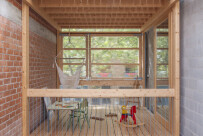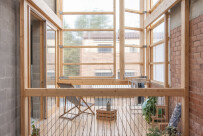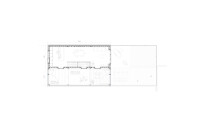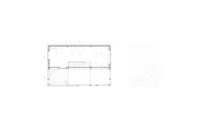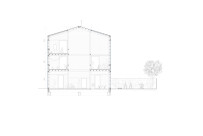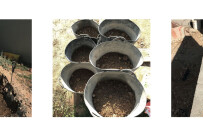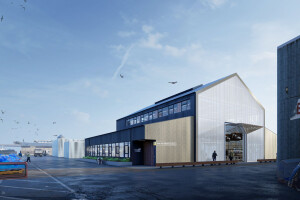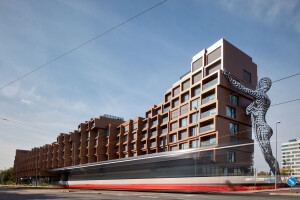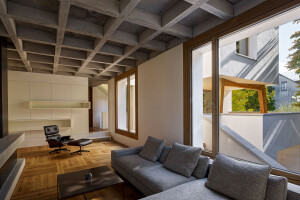Catalan architectural studio taller11 has created a house of two halves in Vilafranca, a center for the wine growing industry around 50 kilometers west of Barcelona. A home for a couple and their two children, the house, curiously named CASA0006, has a party wall on its south-west side and a vacant plot on its north-east side. Budget constraints and a request by the client that the home should have two or three bedrooms and several multipurpose spaces, resulted in a clever design layout.
A house of two halves, taller11 placed the bedrooms and living areas in a heated volume of massive mortar block masonry. On the other side of this, the studio created a winter garden/sunroom — a light and transparent volume, built with a wooden frame, that facilitates solar capture. Suspended wood ceilings act as covered balconies, multipurpose spaces to be used for play and relaxation. The intermediate wall between the two halves has not been insulated — this “acts as an accumulator of incident solar radiation, releasing it into the interior at night,” says taller11. The specific thickness of this wall ensures it compensates for any energy loss.
(Above: Climate schemes in section.)
To increase the accumulation of passively captured energy within the winter garden/sunroom, taller11 incorporated construction methods that provide thermal inertia. For several reasons, including budget and speed of execution, the volume that houses the home’s interior spaces — bedrooms and living areas — is constructed from mortar block masonry — the cavities are filled with compacted earth from the site excavation. “This results in a low-cost construction system with high thermal inertia and good hygrothermal performance, which at the same time reduces construction waste,” says taller11. (Hygrothermal performance “is determined by the interdependent absorption, desorption and storage of heat and moisture within the building envelope.”)
(Above: Detail of mortar block factory structure filled with earth from the excavation. Thermal inertia.)
The winter garden/sunroom improves the performance of an outdoor aerothermal unit (air source heat pump) and contributes to heating the house. Large openings on the south-east facade provide cross ventilation. To prevent heat loss, the roof, exterior facade, and party wall are insulated using wood fibre panels. Heat via the thermal concrete core activation of a 20-centimeter-thick concrete slab on the ground floor, spreads to the home’s upper levels.

Built area: 236 square meters (2,540 square feet)
A day in the life of CASA0006
